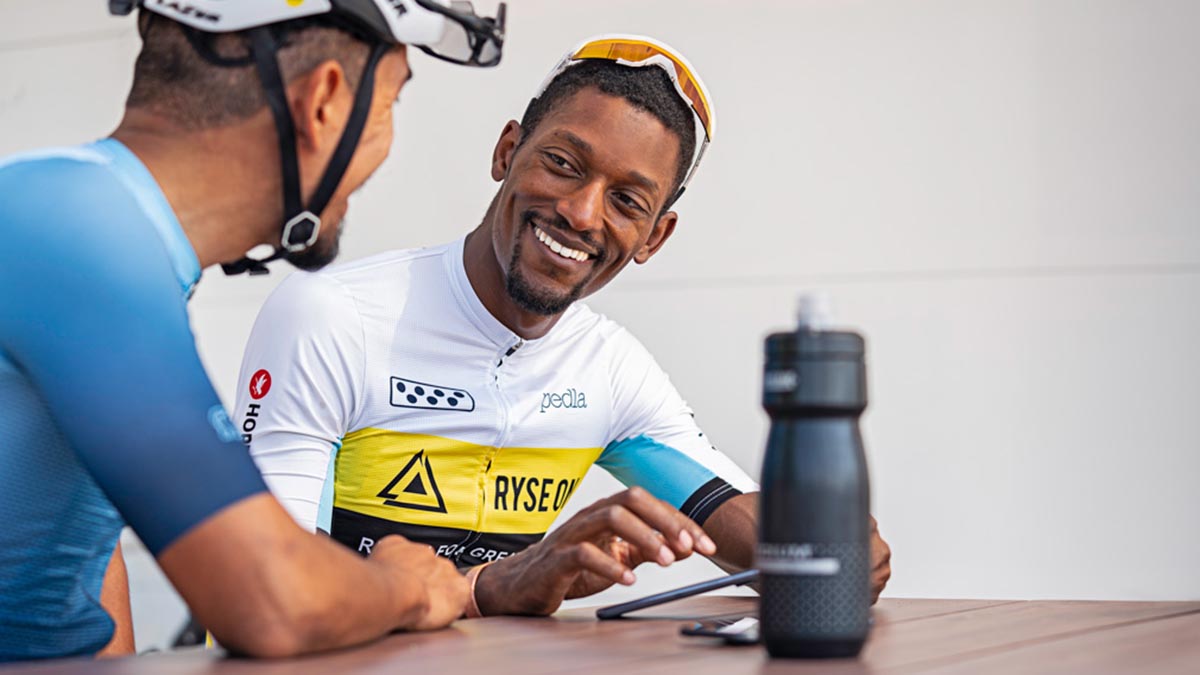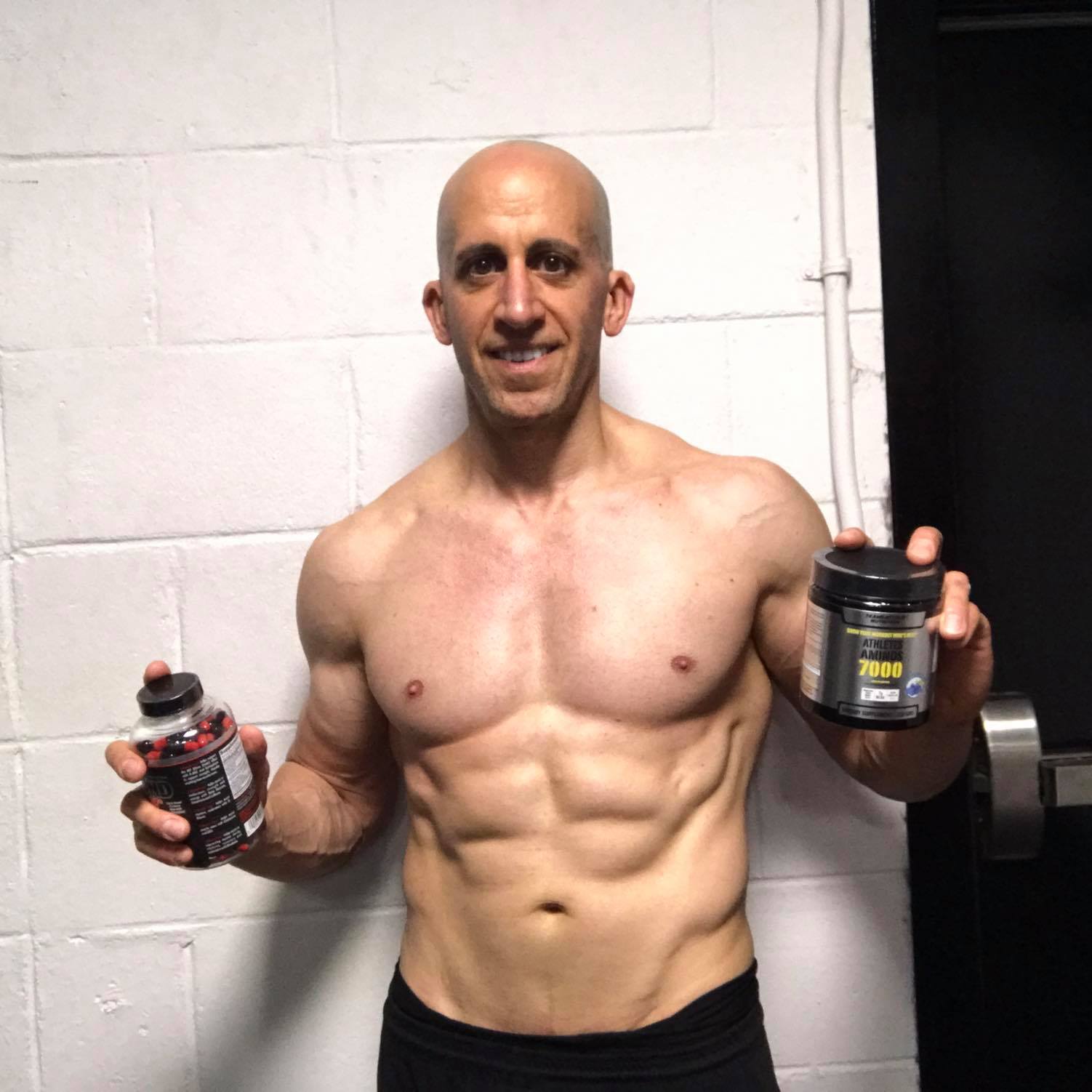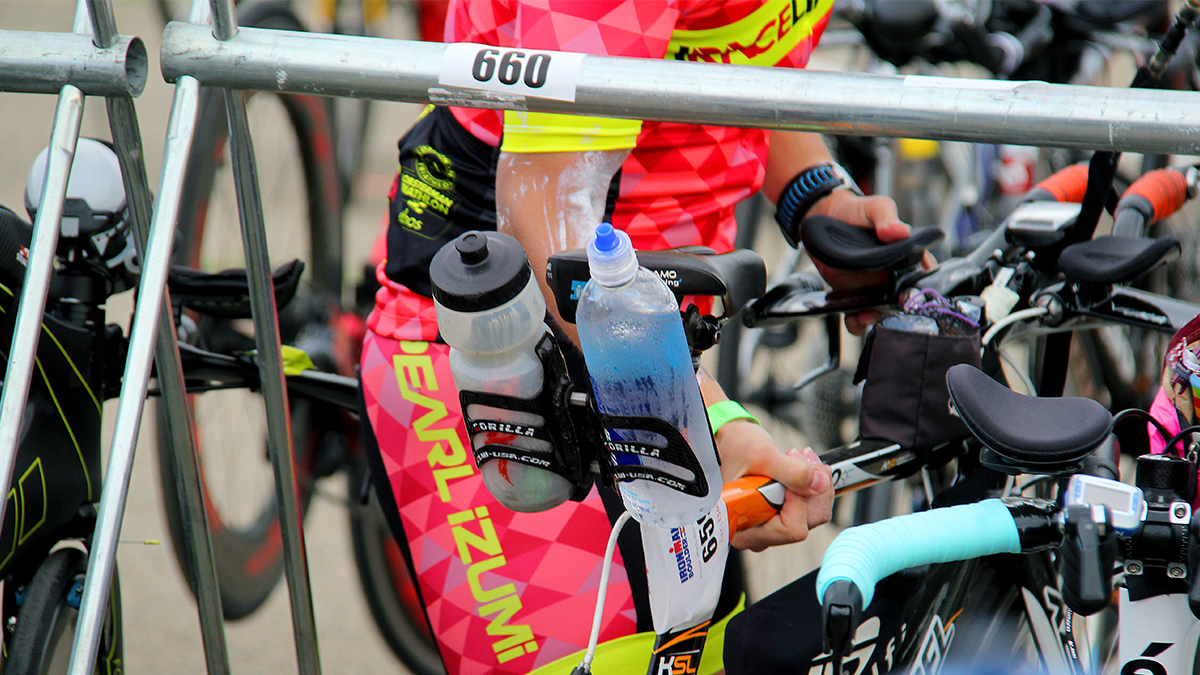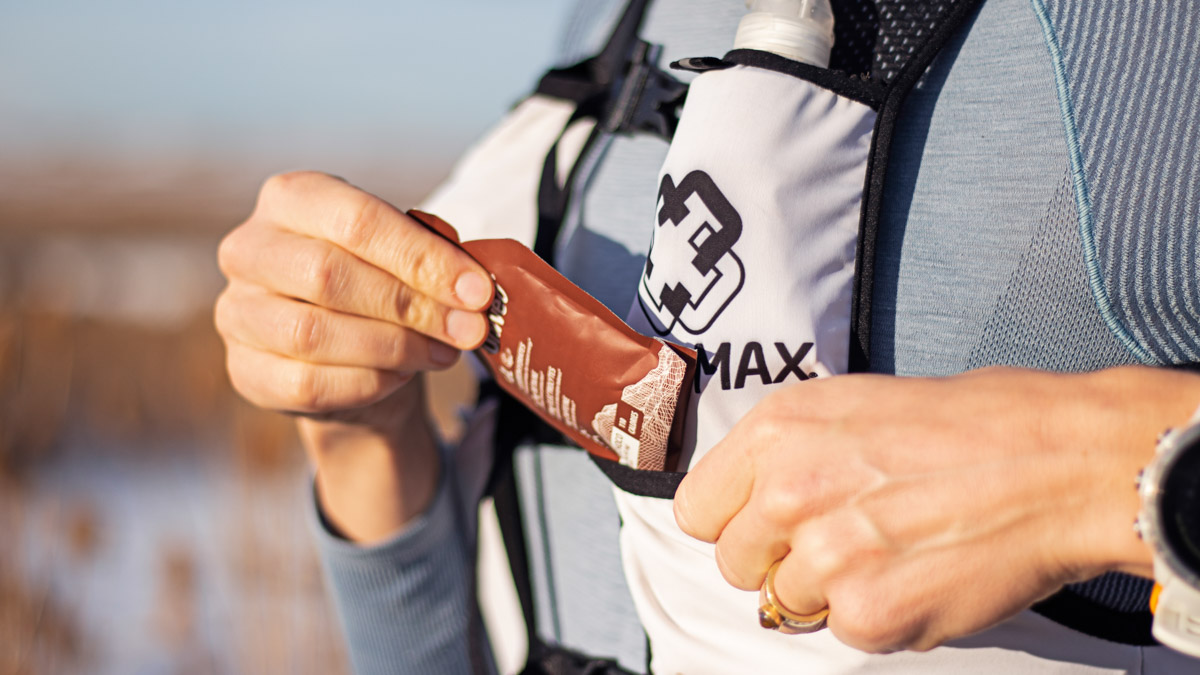Many coaches have found themselves in this scenario: your athlete isn’t happy with their current weight, usually because of performance or health limitations, and come to you asking for advice, perhaps even armed with a specific diet in mind to test out. Coaching is a highly-personalized and subjective practice, but you should never suggest or advocate for the athlete to try a specific diet.
Let’s keep it simple; diets almost always end in disaster. I believe this so strongly that I trademarked the acronym for the word DIET: Disaster Imminent Every Time®. Oftentimes on the athlete side, this declaration receives a strong response consisting of, “But Rick, I went on a diet, and I lost weight. It worked!” But here’s the reality, just because you made a short-term life change and lost weight does not mean the diet was actually successful. It’s not a strategy you want to adopt if you want to achieve meaningful and sustainable results for a lifetime. There is a clear distinction between feeding versus fueling the body, and the difference will have a massive impact on your athlete’s success. Here’s why:
Just Feeding the Body – Why drastic calorie restriction & empty snacking won’t work
Calorie Restriction
Many current food fads and diets include some sort of fasting, significant calorie restriction, etc. Although these may yield quick results, which might feel rewarding if your athlete’s goals revolve around raw weight loss, they won’t sustain their long-term health and happiness. According to Madelyn Fernstrom, Ph.D., CNS, founder and director of the University of Pittsburgh Medical Center’s Weight Loss Management Center, “The appeal is that [fasting] is quick, but it is quick fluid loss, not substantial weight loss.” She then goes on to say, “If it’s easy off, it will come back quickly — as soon as you start eating normally again.”
Empty Snacking
Additionally, one strategy that many diets employ is encouraging participants to snack on foods that add little caloric value to their overall nutritional health. In most cases, this takes the form of snacking on veggies. This may seem like a benign choice, but it doesn’t stand up to the test if we go back to the fueling vs. feeding mentality.
When we choose to snack on veggies, sure, they will make us feel full, but they won’t actually contribute much to your overall wellness besides water, fiber, vitamins and minerals. Let’s say your athlete chooses to snack on 30 baby carrots. This totals 105 calories, but nothing in terms of protein and fat. This is a case of simply feeding the body vs. fueling the body. That being said, let’s dig into what will actually fuel your body.
Fueling the Body – Why timing, balance and smart snacking are essential
Rather than feeding our bodies empty calories or simply cutting back on total calorie intake, we must focus on food as fuel. When we focus on eating right, we zero in on two key areas: fueling frequency and carbohydrate-protein-fat balance at every meal/snack.
Fueling Frequency
The first key area we want to focus on is how often you fuel. As a rule of thumb, you want to fuel the body immediately upon awakening and then every 2-3.5 hours thereafter throughout the day. This will keep you full and prevent your blood sugar from dropping dramatically or spiking.
Carbohydrate-Protein-Fat Balance
The second key area is the carbohydrate-protein-fat balance or the CPF balance. At every meal/snack, we want to consume meals that contain 45-60% carbohydrates – 15-30% protein – 15-30% fat. These ranges were designed to give you achievable flexibility while still remaining in a healthy, fuel-oriented balance.
Smart Snacking
We can return to the baby carrots conundrum with these key focuses in mind. If raw veggies aren’t adding anything to your athletic capabilities, what will? Try this snack instead as an example of a well-balanced, high-octane option: .5c granola + .5c plain Greek yogurt + .75c berries + 12 whole almonds. This totals 391 calories and a CPF of 48-24-28. Now that’s how we fuel the body effectively!
As coaches, we have an obligation to provide our athletes with proper information, not food fads, diets and misinformation. We should encourage them to strive for goals besides simple weight loss. For athletes to achieve meaningful and sustainable results for a lifetime, it’s simple; Avoid The Diet Disaster, Start Eating Right®.








